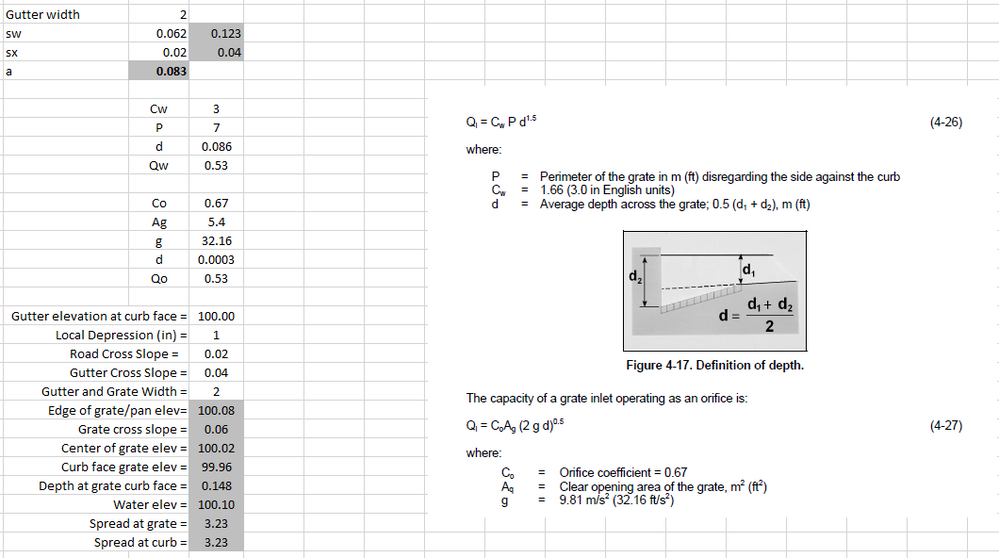
Pcswmm User Manual
Application that helps predict the quantity and quality of runoff within urban areas EPA's Stormwater Management Model (SWMM) is used for single event or long-term simulations of water runoff quantity and quality in primarily urban areas–although there are also many applications that can be used for drainage systems in non-urban areas. It is used throughout the world for planning, analysis, and design related to stormwater runoff, combined and sanitary sewers, and other drainage systems. SWMM was developed to help support local, state, and national stormwater management objectives to reduce runoff through infiltration and retention, and help to reduce discharges that cause impairment of our Nation’s waterbodies. SWMM has undergone several major upgrades since it was first developed in 1971, including the addition green infrastructure practices as low impact development (LID) controls. It is widely used to evaluate gray infrastructure stormwater control strategies, such as pipes and storm drains, and is a useful tool for creating cost effective green/gray hybrid stormwater control solutions. SWMM provides an integrated environment for editing study area input data, running hydrologic, hydraulic and water quality simulations, and viewing the results in a variety of formats.
These include color-coded drainage area and conveyance system maps, time series graphs and tables, profile plots, and statistical frequency analyses. Hydraulic Modeling: SWMM contains a flexible set of hydraulic modeling capabilities used to route runoff and external inflows through the drainage system network of pipes, channels, storage/treatment units and diversion structures.
Intenzitet manji od submaksimalnog Služe procenu regulativne sposobnosti vegetativnog sistema Regulativni ili testovi oporavka Obično se prate po prestanku. Harakteristika_Na_Sportsmena_Obrazets_Forum.zip 714.28 KB 可能感兴趣: Harakteristika Sportsmena Obrazets zrazok_-_ harakteristika _na_vihovatelya_-metodista_dnz_DXFSYU.exe. Harakteristika na sportsmen dyussh obrazec. Oct 06, 2017 This feature is not available right now. Please try again later.
These include the ability to do the following: • Handle drainage networks of unlimited size. • Use a wide variety of standard closed and open conduit shapes as well as natural channels. • Model special elements, such as storage/treatment units, flow dividers, pumps, weirs, and orifices. • Apply external flows and water quality inputs from surface runoff, groundwater interflow, rainfall-dependent infiltration/inflow, dry weather sanitary flow, and user-defined inflows. • Utilize either kinematic wave or full dynamic wave flow routing methods. • Model various flow regimes, such as backwater, surcharging, reverse flow, and surface ponding.
STORM WATER MANAGEMENT MODEL USER’S MANUAL Version 5.0. Rossman Water Supply and Water Resources Division National Risk Management Research Laboratory Cincinnati, OH 45268. NATIONAL RISK MANAGEMENT RESEARCH LABORATORY OFFICE OF RESEARCH AND DEVELOPMENT U.S. ENVIRONMENTAL PROTECTION AGENCY CINCINNATI, OH 45268. Publishers Description From Author Direct: This password manager lets you keep track of the many pcswmm user manual you use. Derive time series using user-defined expressions and disaggregate rainfall to create high resolution long-term time series.

Apply user-defined dynamic control rules to simulate the operation of pumps, orifice openings, and weir crest levels. • Percolation of infiltrated water into groundwater layers.
• Interflow between groundwater and the drainage system. • Nonlinear reservoir routing of overland flow. Runoff reduction via LID controls. Accounting for Hydrologic Processes. SWMM accounts for various hydrologic processes that produce runoff from urban areas, which include the following: • Runoff reduction via green infrastructure practices. • Time-varying rainfall (precipitation) and evaporation of standing surface water. • Snow accumulation and melting.